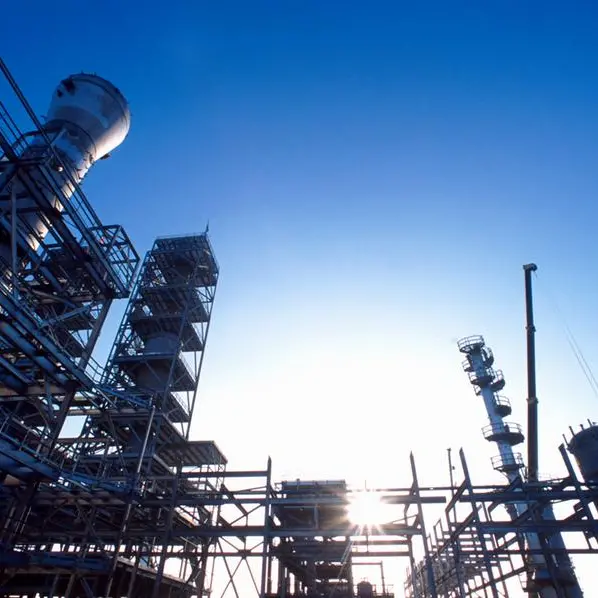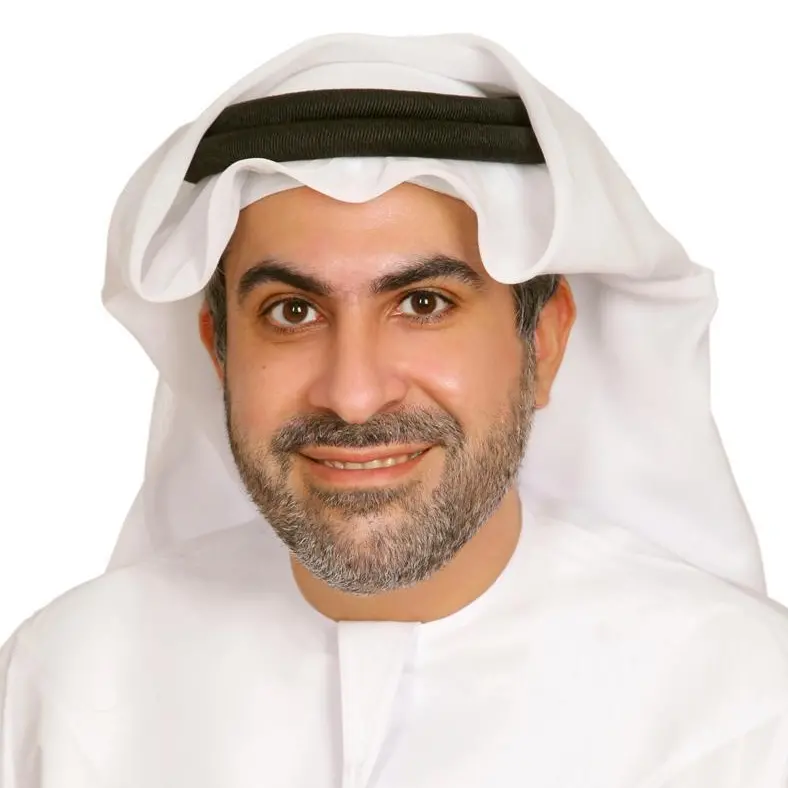PHOTO
NEW YORK (Reuters Breakingviews) - The rise in purpose-led investment risks diluting its impact. Once a niche pursuit of foundations and development banks, investing to promote social or environmental gains now attracts the likes of Blackstone and KKR. There’s no shortage of demand for the sector’s $500 billion of capital. But if participants focus only on market-rate returns they’ll end up favoring investments that would have happened anyway.
Impact investing started going mainstream in 2017 when TPG Capital launched the $2 billion Rise Fund with backers including U2’s Bono and LinkedIn co-founder Reid Hoffman. The fund has put a little over half that money to work in 30 companies ranging from Dreambox Learning, a U.S. provider of personalized educational materials, to Cellulant, an African mobile payments company.
Rise suffered a black eye in March when boss Bill McGlashan resigned after being arrested as part of an investigation into U.S. university admissions fraud, but the sector hasn’t skipped a beat. Bain Capital claims its $390 million Double Impact fund has helped avoid carbon emissions equivalent to taking nearly 7,000 cars off the road. KKR has already made two investments, including a $33 million stake in a Singapore maker of energy-efficient heating and cooling systems. It’s a deal the firm’s $9 billion Asian buyout fund would have done, if only it were larger.
The big question is whether making an impact means making lower returns. Some say no. Impact specialist LeapFrog Investments, which recently closed its third fund at $700 million, claims it can generate double-digit returns in nascent healthcare and financial services firms that help millions of people in Africa and Asia. But the growing ranks of big-name investors will be able to simply cherry-pick investments that, while perhaps smaller than the kind they would usually make, offer the same kind of profit.
That means that not all of the $500 billion investment powder is equal. Cambridge Associates’ Impact Investing Index has produced annualized returns of 5.8% over the past decade, less than half the 12% return of its U.S. private equity index. Prudential Financial devotes 20% of its $1 billion impact portfolio to projects it expects to merely break even, such as developing blighted areas near its Newark, New Jersey headquarters. For some impact investors, doing good is its own reward. More hard-headed financiers will still expect to do well as a condition for doing good.
CONTEXT NEWS
- The Global Impact Investing Network on May 16 launched a system of metrics called IRIS+ to measure and manage the social and environmental benefits of impact investing. The New York-based nonprofit estimates the size of the impact investing market at $502 billion worldwide.
- LeapFrog Investments announced on May 10 that it had raised $700 million for its third impact private-equity fund. The fund, which seeks to generate financial returns and social impact by investing in purpose-driven businesses, will target healthcare and financial services companies in Asia and Africa.
- Blackstone announced on May 6 that it was launching an impact investing platform and had hired Tanya Barnes, a former managing director in Goldman Sachs’ merchant banking division, to lead it. The initiative will look to invest in infrastructure, environmental management, next generation energy, responsible production and consumption, and education and workforce development.
(Editing by John Foley and Amanda Gomez)
© Reuters News 2019












